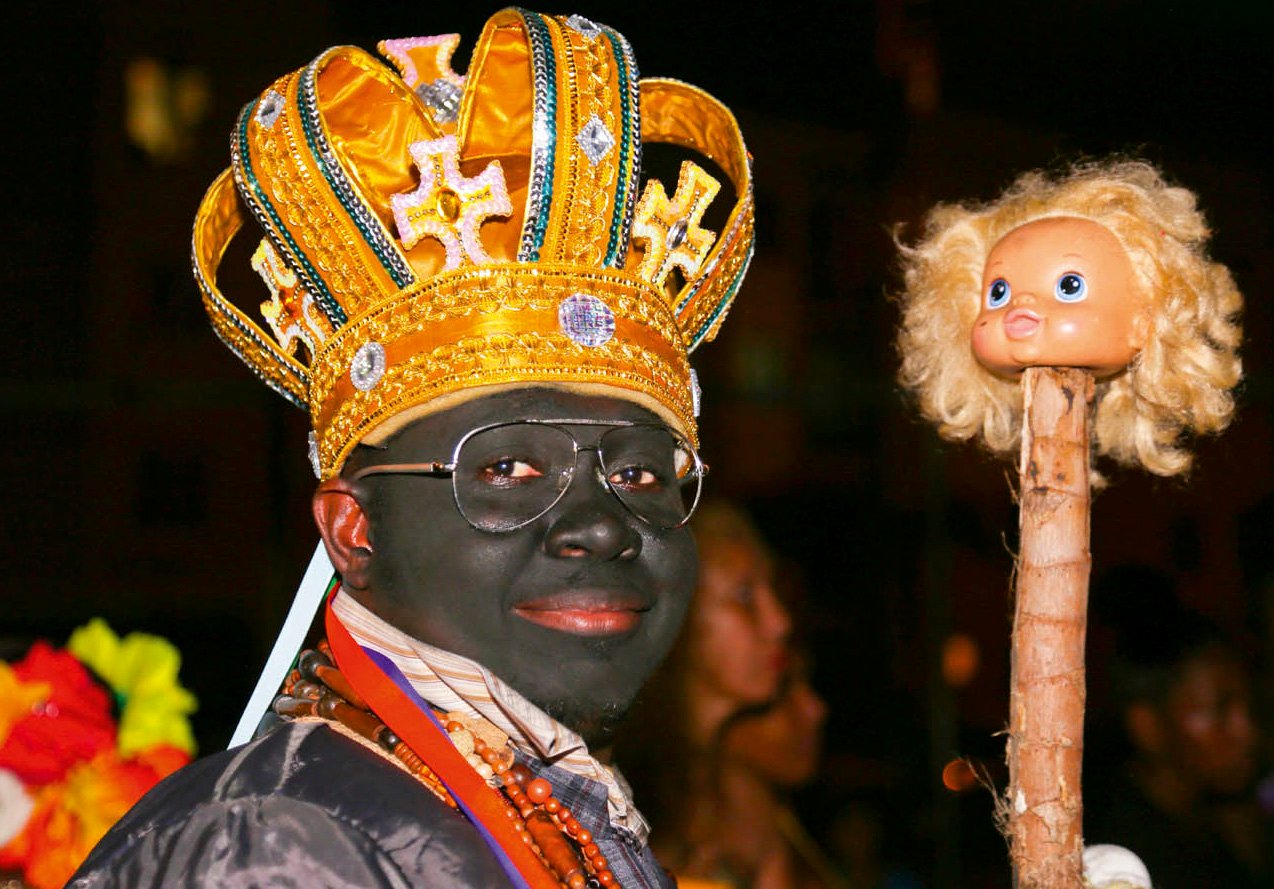
Panama Congos
By: Ana Teresa Benjamín
Photos: David Mesa
Nearly forty villages or communities in the districts of Santa Isabel, Portobelo, Colón, Chagres, and Donoso, all in Colón province, keep the Congo rituals and festivities alive, with regional variations. There are also Congos in places like La Chorrera in the province of Panamá Oeste, Chepo, Chilibre, and Curundú in the province of Panama, and Bocas del Toro, northwest of the nation’s capital.
The “Congo game” or “Tiempo de Soto” begins on January 20, San Sebastián Day, and extends through Ash Wednesday. During this period, “palenques” are set up in which dances are staged to commemorate enslaved ancestors, make fun of the Spanish masters, or tell stories of everyday life. The palenque is presided over by a Queen.

The characters in the Congo game include a Queen and a King, Pajarito, or Bird (the traitor in the palenque), Mama Guarda, the priest, the spirits, the Matuanga, and the devils, among others.
On Ash Wednesday, the devils venture out to torment the Congos, but are caught and handed over to the priest, who baptizes them. This represents the struggle between good and evil as well as the struggle between the pleasures of the flesh (carnival celebrations) and the beginning of Holy Week.

The Congo festivities and rituals, transmitted orally, are a means of cultural expression that integrate the Congo communities. For these reasons, the Congo culture was designated part of the Intangible Heritage of Humanity.
Research by American anthropologist Sheila Walker documents Congo culture in countries like Brazil, the Dominican Republic, and Haiti. In all of these countries, the “Congo game” is linked to the ancient Kingdom of Kongo in Africa, which existed from the 14th to the 19th century. Before the arrival of the Europeans, the Kongo state maintained an extensive commercial network and its inhabitants traded copper objects, raffia cloth, and ceramics.
